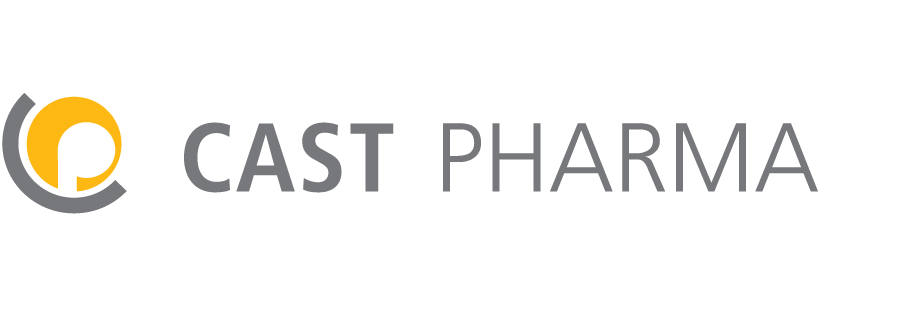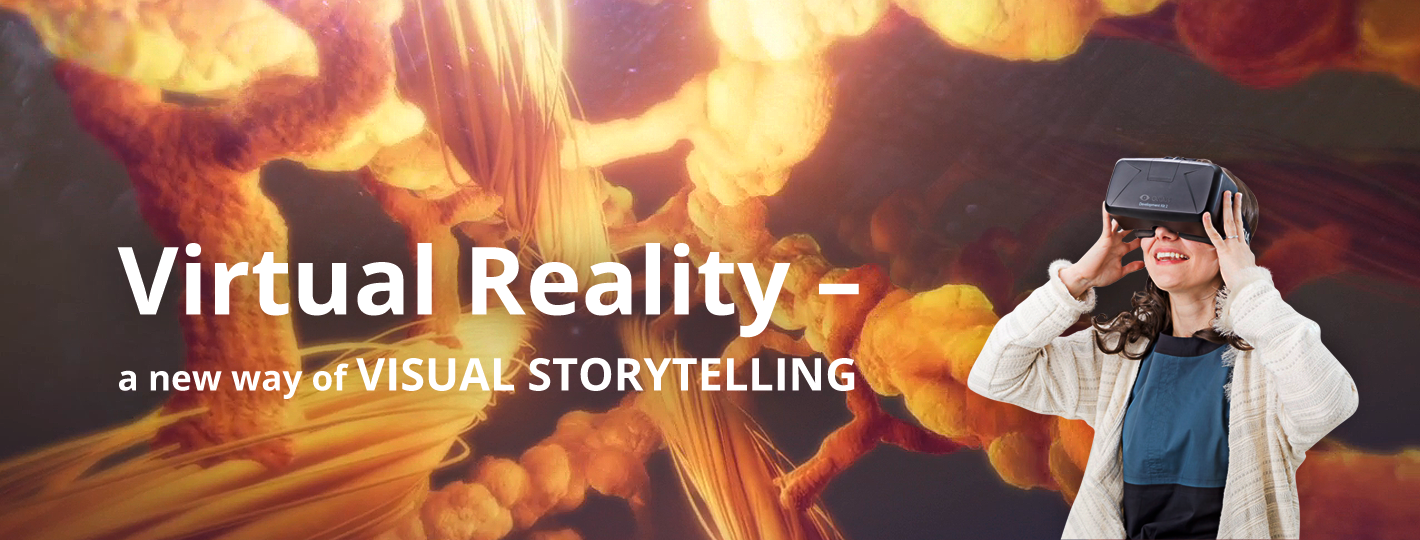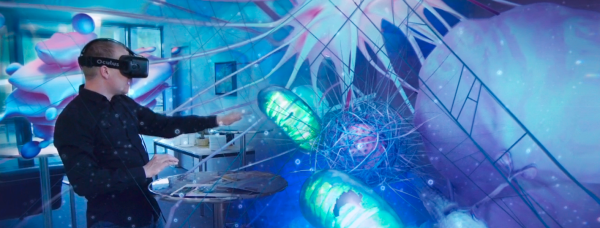Useful technology or marketing gag? – virtual reality in pharma and biotech
Virtual reality is an unmistakable new trend in the pharma and biotech industries. Wikipedia defines it as “immersive multimedia or computer-simulated life” that “replicates an environment that simulates physical presence in places in the real world or imagined worlds.”
What lies behind this rather technical definition? In virtual reality, for the first time ever, we have a technology able to stimulate the sensual perception of human beings in such a way that users of this technology feel they are an integral part of the depicted environment. Passive consumers become active participants.
Currently, virtual reality is employed in many different areas. In the medical field, it is intended to completely immerse patients in computer-generated worlds in order for doctors to carry out therapy or training in safe and controlled environments.
It is not only in direct medical application, though, that virtual reality provides valuable benefits. Visual stories in pharma and biotech marketing can now be told in a completely new way. The technology opens up a huge variety of opportunities for attracting attention. But is virtual reality really more than just a marketing gag? Beyond the initial “wow factor,” can users profit from an additional eureka moment of real understanding?
Without a doubt, a virtual reality environment created, for instance, with the help of a pair of Oculus Rift glasses can entice visitors at a trade fair to stop at your booth.
Once you have grabbed the attention of your target group in this way, you really should exploit it to the full by making information available that it might not be possible to get across using traditional media.
The comprehension of biochemical processes, clinical trials, or other data related to an active substance is increased considerably if the knowledge is acquired in an active, intuitive, or even playful manner. This has been shown clearly in sales talks in which iPads were used. In such presentations, health care professionals were not just passive consumers of information but took an active part.
Virtual reality goes another step further and involves people directly in what is happening. A health care professional looking through a pair of Oculus Rift glasses can move about freely inside a body cell, choosing destinations to learn more about the mode of action of an active substance, etc. And this extraordinary experience is far more likely to stay in the mind than any linear film or PowerPoint presentation.
Do you have ideas or suggestions for virtual reality applications that go beyond superficial “wow factor”? Please do not hesitate to contact us.
Email us or arrange a
Further articles on the topic:


